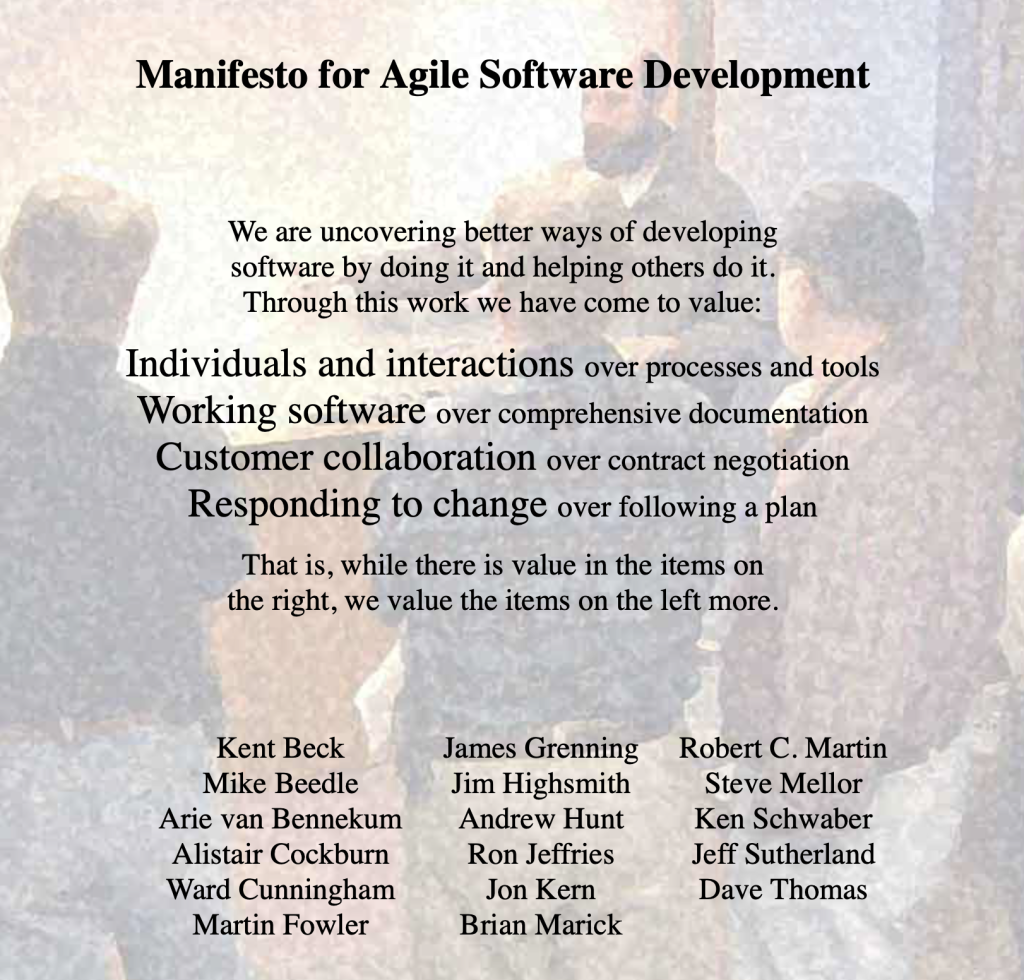The Agile Manifesto [1], created in 2001, brought about a significant shift in the development of (software) products. The values and principles in the manifesto have since evolved and expanded, and we continue to discover better ways to implement them. Overall, the changes have been positive and continue to benefit the industry.

This article discusses the journey we have collectively taken over the past few decades and predicts what is to come. It also highlights the varying levels of maturity that different teams possess, as well as the obstacles that may impede their ability to create value now and in the future.
This discussion is relevant to every team and organization, whether they face challenges typical of previous decades, current challenges, or future challenges. Those who fail to rise to the challenge risk being outperformed by those who do.
In this article, I will refer to the decades as if they represent clear milestones of progress. However, this is a rough oversimplification of what has happened in the Agile community, as well as for individual organizations and teams.
My intention is not to suggest that organizations and teams struggling with issues associated with earlier decades are old-fashioned or doing things wrong. Each organization and team faces unique challenges and has its legacy to contend with. However, I have learned that referring to 2000s-level teams, from a change perspective, is much more potent than addressing structural team problems. The latter is too easy to ignore or make excuses for.
Continue reading “Three Decades of Agile”
